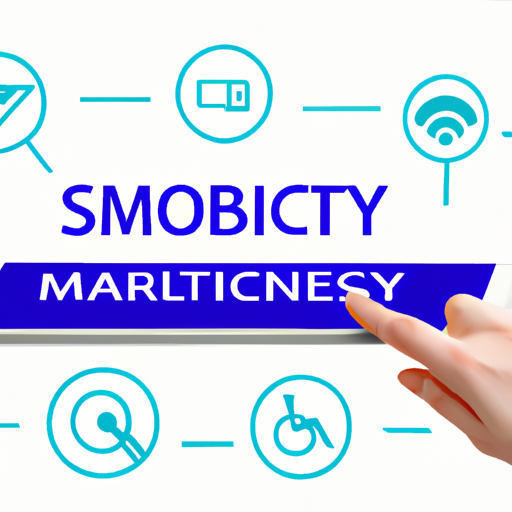In recent years, the transportation landscape has witnessed a monumental shift towards smart mobility solutions. From electric vehicles to intelligent transportation systems (ITS), the focus is on creating an efficient, sustainable, and user-friendly urban transit environment.
The Need for Smart Mobility
As urban populations continue to grow, cities face increasing challenges related to traffic congestion, pollution, and inefficient public transport systems. Smart mobility solutions are designed to address these issues by leveraging technology to enhance connectivity, interoperability, and accessibility.
Key Components of Smart Mobility Solutions
- Electric Vehicles (EVs): With advancements in battery technology, the adoption of electric vehicles is accelerating, offering cleaner alternatives to traditional fossil-fuel-powered cars.
- Data Analytics: Utilizing big data and analytics allows cities to understand travel patterns and improve service efficiency for public transport.
- Smart Public Transit: Real-time tracking apps and automated fare systems make public transportation more convenient and reliable.
- Shared Mobility: Solutions like car-sharing, bike-sharing, and ride-hailing reduce the number of vehicles on the road, alleviating congestion.
- Mobility-as-a-Service (MaaS): Integrating various transportation modes into a single accessible service enhances user experience.
The Benefits
Implementing smart mobility solutions can lead to numerous benefits, including:
- Reduced traffic congestion
- Lower carbon emissions
- Improved public transport efficiency
- Enhanced user convenience
- Greater urban livability
Conclusion
As cities worldwide adopt smart mobility solutions, the goal remains clear: to create transportation systems that are safe, efficient, and sustainable. Embracing these innovative technologies will pave the way for a cleaner, smarter future in urban mobility.




